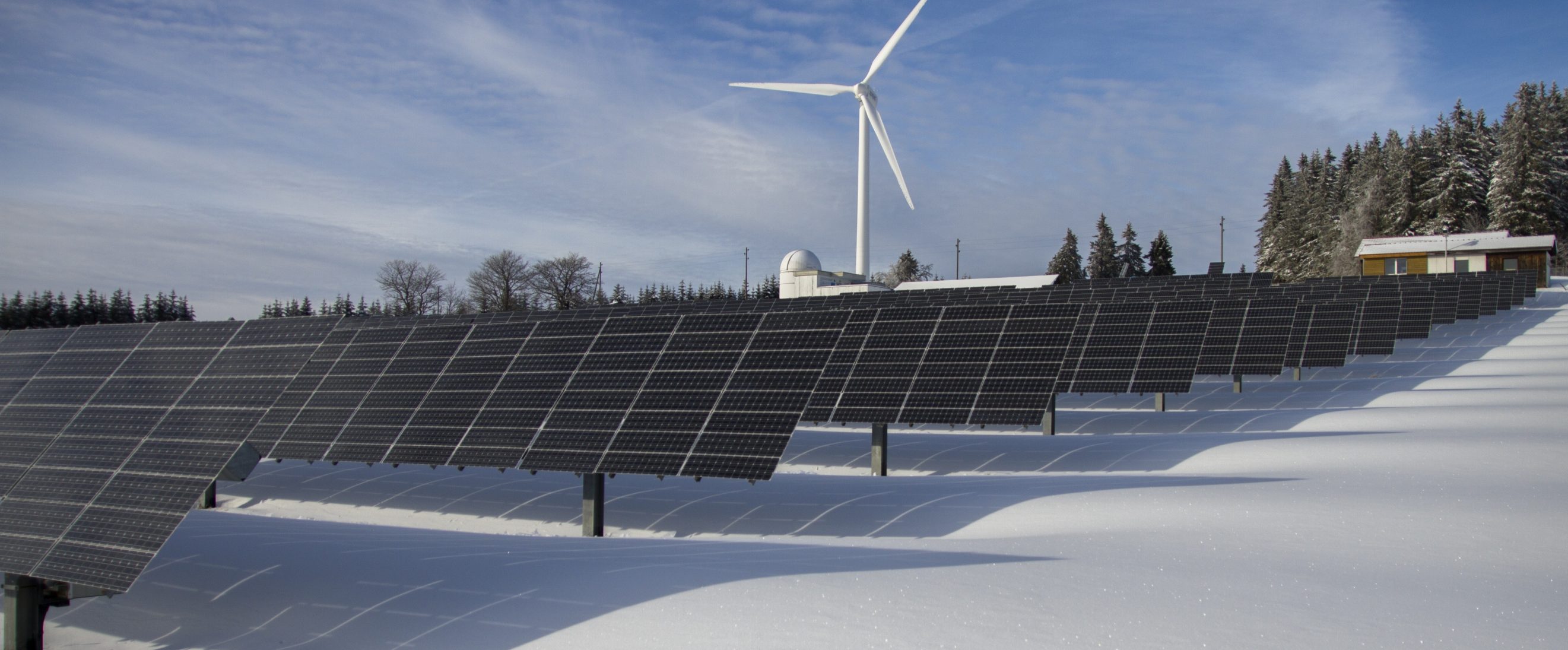Meet Sustainability Consultant Shawna McKinley
Sustainability is very firmly on the agenda of venues, event organisers and of course delegates. No longer an emotive buzz word, sustainability is here to stay! But just what is sustainable event management, why is it important for conference organisers to run sustainable/green events and does being Green cost more?
To answer these and other key questions, meetingsclub turned to Canadian based Sustainability Consultant Shawna McKinley who has more than 25 years experience of international event management and marketing.
Plus, Shawna shared her Top Tips when planning a large ‘green’ event.
WHAT IS SUSTAINABLE EVENT MANAGEMENT?
In my opinion, sustainable event management is primarily about three things:
- Reducing environmental harm: This includes acting on important ecological issues like climate change, solid waste, pollution and water conservation when designing, planning and implementing an event experience. A simple example might be selecting a venue that is close to event participants (reducing the need to travel) that also has strong environmental practices in place.
- Acting in an ethical and socially responsible way: This includes policies and practices that put people and their diverse needs, front and centre when planning a need. For example, having a policy within your organisation that promotes respectful interactions among event participants or an accessibility plan that ensures people with diverse abilities can equally enjoy the event.
- Creating positive legacies: This embraces the opportunity that events must give back through volunteerism, fundraising and other beneficial community impacts. Why not involve your event participants in donating useful technology/infrastructure from the event for use in the community or perhaps supporting an urgent appeal to provide coats for the homeless during the cold Winter?
WHY IS IT IMPORTANT FOR CONFERENCE ORGANISERS TO RUN SUSTAINABLE/GREEN EVENTS
Beyond the moral imperative to do the right thing and the ecological imperative to reduce carbon emissions in line with the Paris Agreement (the international agreement reached in 2015 aimed at reducing carbon emissions), sustainable events make business sense on a variety of fronts:
- Risk management: Lack of attention to issues of public concern, like inclusivity, plastic waste and climate change may present public relations risks for events, especially if harmful practices are shared via social media. This could impact the event’s social licence to operate, damaging its brand and participant, sponsor and community relationships.
- Cost control and cost savings: Reduce, reuse and be smart about signage, registration materials, promotional products and other event supplies to keep costs down.
- Revenue generation opportunities: Sustainability projects like volunteer programmes, carbon offsets and zero-waste strategies can be sponsored, injecting new sources of funds into an event.
- Regulation: From plastic bans to carbon fees, many event organisers will soon have to deal with laws that impact on what can and can’t be done at events. Bans on disposable cups, plates and single use plastics are particularly challenging for events, so it pays to plan and use alternatives.
- Loyalty: Whether you’re talking about employees, customers or event participants, people generally prefer doing business with organisations that share their values. Events are no different: visible and sincere adherence to sustainability policies and practices can be used as a way to promote retention and loyalty.
WHAT ARE THE BIGGEST AREAS OF WASTE GENERATED BY AN EVENT?
There are a few top sources:
- Food: There are several issues here, including ordering too much food and adopting service standards that reduce recovery potential. For example, pre-plating and pre-filling creates more food waste and reduces the potential for unserved food to be safely donated.
- Graphics and branded items: This includes signage, promotional products and other collateral. These items are particularly troublesome because they are difficult to recycle at the end of their useful life. Paper is generally easy to recycle, however plastic signs, especially vinyl banners and adhesives and plastic packaging can be difficult to dispose of.
- Exhibition materials: Plastic films, packaging, carpet and padding used in exhibits are difficult to recover at the end of their useful life. Furnishings can also be expensive to dispose of if there is no reuse or donation plan in place.
- Name badges: Badges may not generate as much landfill at a single event as the above. But they are common to every event and can be very wasteful, especially if they are made of non-recyclable plastics and do not have reusable or recyclable components.
It’s good to focus on “solid waste” to start with because the event organiser usually has a lot more control over what can be done. And solutions can be quick and often save money when discarded event materials are reduced. However, we don’t just waste materials at events: we also waste a lot of energy and water. This is more difficult for planners to action because they rarely own venues, hotels and event equipment. So, if an organiser wants to reduce energy and water waste it is critical they find suppliers that practice energy and water conservation. This might include booking green-certified hotels and venues.


DOES BEING GREEN COST MORE?
Sometimes yes, sometimes no. We have to recognise that cheap, unsustainable products are priced that way because often environmental and social costs are externalised. The direct purchase price might seem low, but we’re indirectly paying in terms of harm to ecosystems and workers and in some cases, our own health. So, in fairness, sometimes we should pay more to avoid passing on these costs. My approach is to look at the bigger, long-term picture and aim for a neutral budget impact overall. For example, we all know it’s going to cost more to order fairly traded, organic coffee for breaks. Paying a premium for these might be possible if your caterer can save money elsewhere. For example, maybe you can be flexible with some food selections, allowing the chef to substitute certain ingredients as sides based on in-season discounts offered by their distributor. Or saving a bit by eliminating meat protein at one meal. Or opting for three courses instead of four at a plated function. It may also be possible to secure a break sponsor to cover premiums. Including sustainability up-front in your contract negotiations can also help reduce costs and premiums. For those items that may cost more, vendors may be willing to waive premiums if longer-term contracts can be secured.
CAN A GREEN EVENT STIFLE CREATIVITY?
On the contrary: I think it opens up creativity and enriches the experience. A buy local goal can take a run-of-the-mill buffet from being bland and boring and elevate it by sharing the unique story and flavour of a community. An opportunity to give back through a legacy project enhances the meaning of an experience and presents new opportunities for event participants to network. A designated walking route for an event can become a fun platform for physical fitness or promoting creative arts. All of these are ways sustainability can be used as a platform to innovate and improve the event, not to mention be more efficient.
WHAT ARE YOUR TOP TIPS WHEN PLANNING A GREEN EVENT?
- Start with low-hanging fruit: There’s often easy decisions within your control to gain quick wins. Eliminating a plastic name badge holder, for example and switching indoor directional signs from plastic to cardboard substrate/digital screens. Or developing a sustainable travel policy for your event team that encourages virtual meetings, shared cars, use of train travel and reduced air trips where possible.
- Set an overarching goal: Maybe you want to reduce solid waste. Or use healthier materials at your meeting. Pick a smart intention that aligns with your stakeholder values and task your suppliers and event team to come up with ideas to achieve the goal. This is often more effective because it acknowledges they are experts in their field and empowers the team to be creative by experimenting with new ideas and adapting them to different contexts.
- Write a policy and share it: Putting things in writing is important. It confirms management and team support of the goal in a way that can be shared widely, including to event participants and vendors. When creating your own policy you may want to refer to principles, pledges and policies endorsed by the Events Industry Council.
- Measure, audit and improve: This ensures you continue to keep momentum toward your over-arching goal. It also helps you see when you can shift successful goals into maintenance mode and move on to other ones.
- Communicate outcomes: It is very important to highlight your efforts in order to maintain support. This can be as simple as adding sustainability outcomes to social media sharing, or walk-in slides at an event, or putting them in post-event reports and thank yous.











